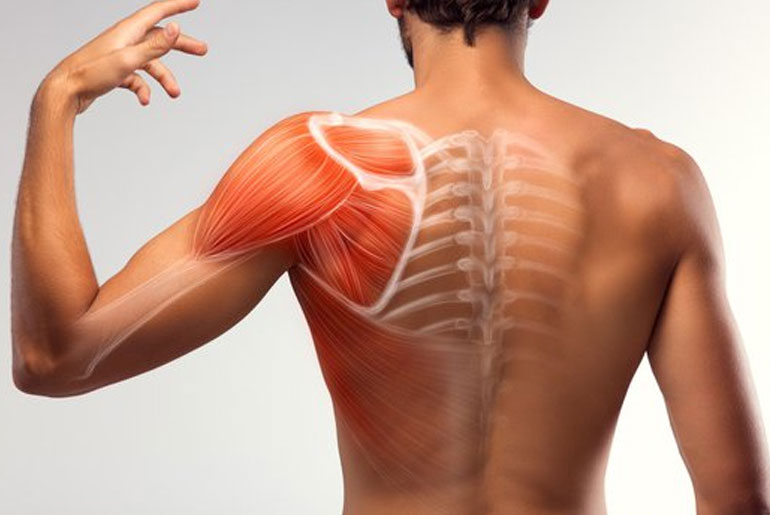The modern lifestyle presents numerous health challenges, particularly concerning the spine. With more people spending extended periods glued to desks and devices, spinal health often deteriorates. Yet, the spine serves as a crucial pillar of the body, facilitating various movements essential for daily life, such as sitting, standing, walking, bending, and twisting. Without it, humans would be incomplete.
In today’s digital age, where convenience reigns and everything is accessible with a simple click, many neglect the importance of caring for their spine. Unfortunately, this neglect can lead to stiffness and discomfort, making even basic movements painful. Sedentary lifestyles are often to blame.
To combat these issues, it’s essential for everyone to dedicate a few minutes each day to exercises and stretches that promote spinal strength and flexibility. Prioritizing spinal health can significantly enhance overall well-being and quality of life in the long run.
1. Standing side stretch:
The standing side stretch involves standing with your feet hip-width apart. Next, reach one arm overhead and lean to the opposite side, creating a gentle stretch along the side of the spine. Hold this position for 15 seconds on each side to increase flexibility in the lateral muscles.
This stretching exercise targets lateral spinal flexion, helping to elongate and release tension in the muscles along the sides of the spine. It can improve flexibility, reduce stiffness, and promote better overall spinal health when performed regularly.
2. Seated forward bend:
The seated forward fold stretch involves sitting on the floor with your legs extended in front of you. Reach your arms forward and slowly hinge at the hips to fold forward, aiming to touch your toes. Hold this position for 15 seconds to stretch the lower back and hamstrings.
This stretch targets forward flexion, which helps to lengthen and release tension in the muscles along the back of the body. It can improve flexibility in the lower back and hamstrings, alleviate stiffness, and promote better posture when practiced regularly.
3. Half neck rotation:
The half neck rotation exercise involves slowly rotating your head to the right, leading with your chin and bringing your gaze over your right shoulder. You then continue the movement by lowering your chin towards your chest and gradually circling it towards your left shoulder, all while keeping your shoulders relaxed.
This exercise targets tight neck muscles, which can help alleviate headaches and promote better posture. As you progress and become more comfortable with this movement, you can transition to the Chin Tuck exercise, which focuses on strengthening the neck muscles further. Regular practice of these exercises can contribute to improved neck flexibility, reduced tension, and overall neck health.
4. Cat-cow stretch:
The cat-cow stretch begins with starting on your hands and knees. Inhale as you arch your back, lifting your chest and tailbone towards the ceiling (cow pose). Exhale as you round your back, tucking your chin towards your chest and drawing your belly button towards your spine (cat pose). Repeat this fluid movement, transitioning between cow and cat poses, for 30 seconds to mobilize the entire spine.
This gentle and relaxing stretch helps to improve spinal mobility by encouraging flexion and extension throughout the spine. It can alleviate tension, increase flexibility, and promote better posture when practiced regularly.
5. Supine twist:
The supine twist exercise involves lying on your back with your knees bent and feet flat on the floor. From this position, you bring your knees towards your chest and then gently lower them to one side while keeping your shoulders flat on the ground. Simultaneously, you look in the opposite direction of your lowered knees. Hold this position for 30 seconds, then repeat on the other side.
This maneuver engages the mid-back muscles, promoting spinal twist flexibility and overall suppleness. It helps to stretch and release tension in the muscles along the spine, improving mobility and reducing stiffness. Regular practice of the supine twist can contribute to better spinal health and increased range of motion.
6. Child’s Pose:
The Child’s Pose is a yoga position aimed at stretching the spine and releasing tension in the lower back. To perform this pose, one kneels on the floor with toes together and knees apart, then lowers the chest towards the ground while extending the arms forward and resting the forehead on the floor.
Holding this position for one minute allows for a deep stretch along the spine and through the lower back, promoting relaxation and flexibility. This restorative posture is beneficial for individuals seeking relief from stiffness or discomfort in the back, making it a valuable addition to stretching or yoga routines aimed at improving spinal health and overall well-being.
Incorporate these exercises into your daily routine to improve spinal flexibility and reduce stiffness. Remember to listen to your body and avoid any movements that cause pain or discomfort. If you have any underlying medical conditions or injuries, consult with a healthcare professional before starting a new exercise regimen.
Disclaimer:
The information contained in this article is for educational and informational purposes only and is not intended as a health advice. We would ask you to consult a qualified professional or medical expert to gain additional knowledge before you choose to consume any product or perform any exercise.








